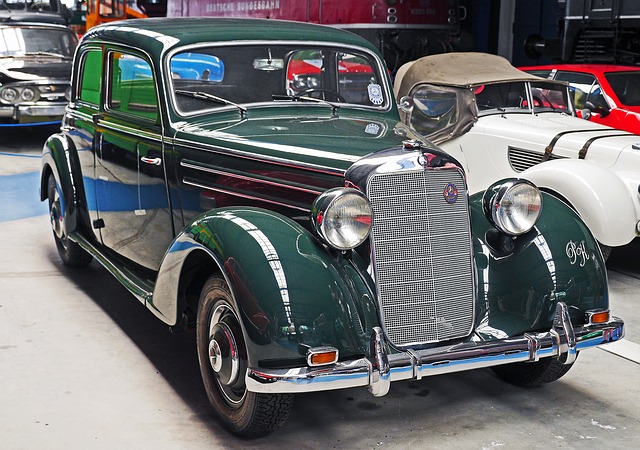Introduction
Cleaning out a carburetor is an essential maintenance task for any vehicle owner. Over time, carburetors can become clogged with dirt, debris, and varnish, leading to poor engine performance and fuel efficiency. In this article, we will dive deeper into the process of cleaning out a carburetor, providing step-by-step instructions to help you keep your engine running smoothly.
Gather the necessary tools and materials
Before you begin cleaning your carburetor, it’s important to gather all the necessary tools and materials. Here are some of the items you’ll need:
Materials:
– Carburetor cleaner
– Compressed air
– Safety goggles
– Gloves
– Clean rags
– Small container for soaking small parts
Tools:
– Screwdrivers (flathead and Phillips)
– Wrenches (to disconnect fuel lines and remove the carburetor)
– Needle-nose pliers
– Wire brush
– Carburetor rebuild kit (optional, for a more thorough cleaning)
Remove the carburetor
To clean a carburetor effectively, it’s best to remove it from the engine. Start by disconnecting the negative terminal of the battery to prevent any accidental electrical sparks. Then, follow these steps:
1. Locate the carburetor: Depending on your vehicle, the carburetor may be located on top of the engine or on the side.
2. Disconnect the fuel lines: Use wrenches to loosen and disconnect the fuel lines from the carburetor. Be prepared for some fuel spillage, so have a rag handy to catch any drips.
3. Disconnect any other attachments: Remove any other attachments, such as throttle cables or vacuum lines, that are connected to the carburetor.
4. Remove the carburetor: Use the appropriate wrenches to loosen and remove the bolts or screws holding the carburetor in place. Gently lift the carburetor off the engine.
Clean the carburetor
Now that you have the carburetor removed, it’s time to clean it thoroughly. Follow these steps:
1. Disassemble the carburetor: Carefully disassemble the carburetor, taking note of the order and position of each part. If necessary, refer to the manufacturer’s manual or a carburetor rebuild kit for guidance.
2. Soak the small parts: Place the small parts, such as jets and needles, in a container filled with carburetor cleaner. Allow them to soak for the recommended time, usually around 30 minutes.
3. Clean the carburetor body: Use a carburetor cleaner and a wire brush to clean the inside and outside of the carburetor body. Pay special attention to the passages and jets, ensuring they are free from any debris or varnish buildup.
4. Use compressed air: Once the carburetor body is clean, use compressed air to blow out any remaining dirt or cleaner from the passages and jets. Be cautious not to damage any delicate parts with excessive air pressure.
5. Reassemble the carburetor: Carefully reassemble the carburetor, ensuring all parts are in their correct positions. Refer to the disassembly notes or the manufacturer’s manual for guidance.
Reinstall the carburetor
After cleaning and reassembling the carburetor, it’s time to reinstall it back onto the engine. Follow these steps:
1. Position the carburetor: Gently place the carburetor back onto the engine, aligning it with the mounting holes.
2. Secure the carburetor: Use the appropriate wrenches to tighten the bolts or screws that hold the carburetor in place. Ensure it is securely fastened but avoid overtightening, as it may damage the carburetor or engine.
3. Reconnect fuel lines and attachments: Reconnect the fuel lines, throttle cables, vacuum lines, and any other attachments that were disconnected earlier.
4. Reconnect the battery: Finally, reconnect the negative terminal of the battery.
Conclusion
Cleaning out a carburetor is a vital maintenance task that can significantly improve your vehicle’s performance and fuel efficiency. By following the step-by-step instructions outlined in this article, you can effectively clean your carburetor and keep your engine running smoothly.
Remember, if you are unsure about any specific details or encounter any difficulties during the process, it’s always best to consult a professional mechanic.
References
– www.popularmechanics.com
– www.carburetor-parts.com
– www.dummies.com











